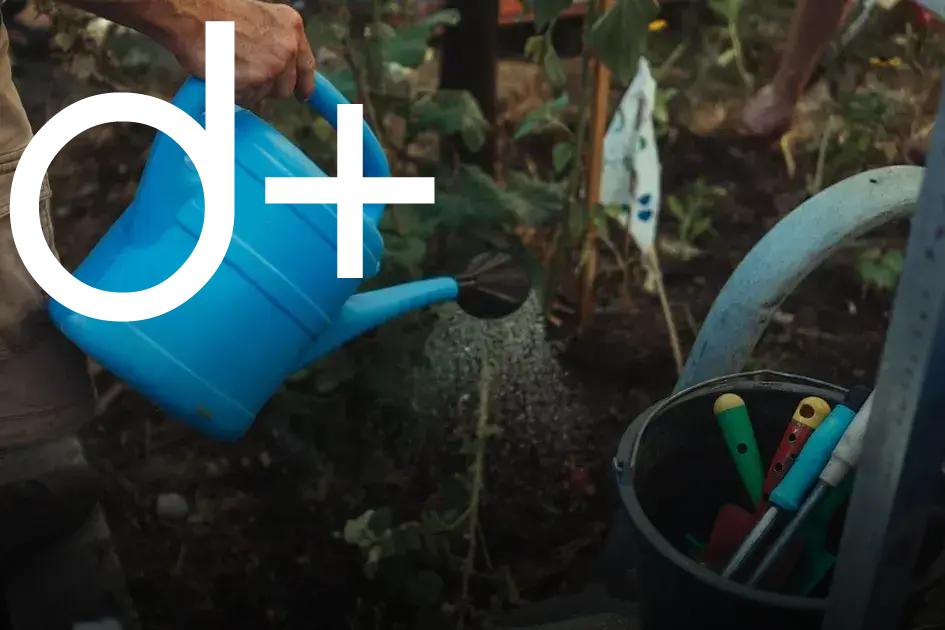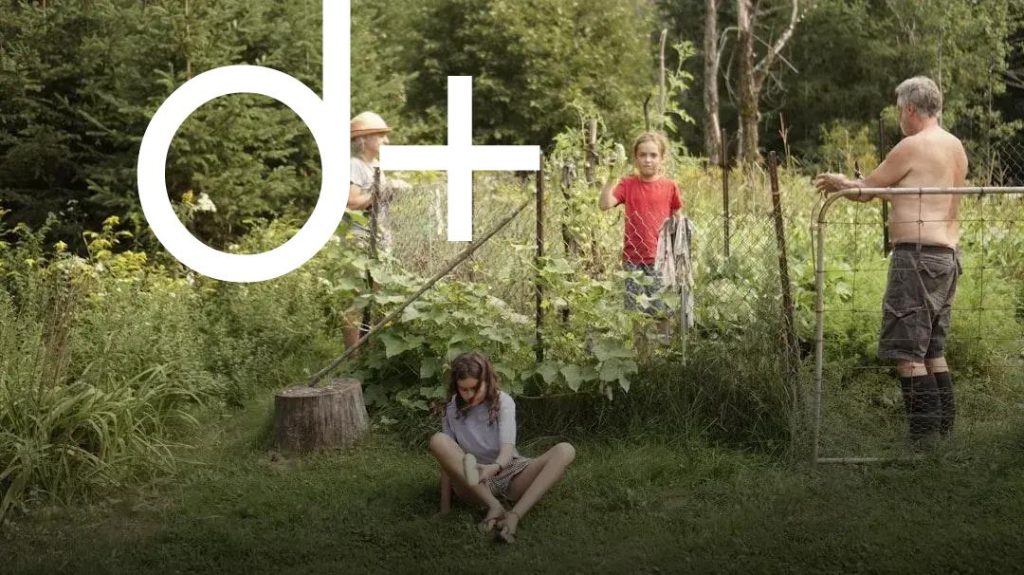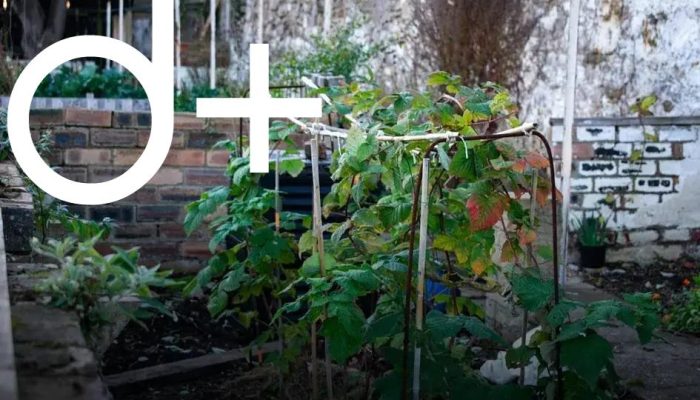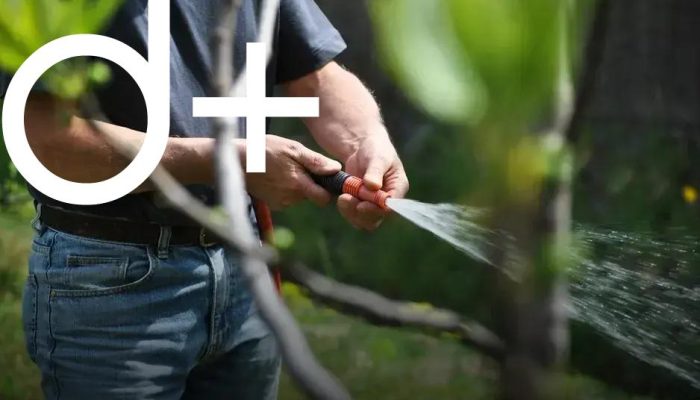Attracting birds to your garden with the right plants is a rewarding endeavor that enhances the beauty and biodiversity of your outdoor space. By choosing the right species, you can create a habitat that provides food, shelter, and water for a wide variety of birds. Native plants, in particular, are crucial for sustaining local bird populations. Follow these tips to transform your garden into an attractive oasis for avian visitors.
Choosing Native Plants
When selecting plants for your garden, opting for native species can significantly benefit local bird populations. Native plants are those that have naturally occurred in your region for many years. They are adapted to your local soil, climate, and wildlife, making them the best choice for attracting birds.
Adaptability and Resilience: Native plants require less water, fertilizers, and pesticides, reducing maintenance efforts. Their resilience to local conditions makes them durable and long-lasting, providing a stable environment for birds.
Support for Local Wildlife: These plants are part of the natural ecosystem, offering essential food sources such as seeds, fruits, nectar, and insects that have co-evolved with local bird species. This mutually beneficial relationship improves the health and diversity of your garden.
Creating a Balanced Ecosystem: By introducing native plants, you encourage a balanced ecosystem, attracting a diverse range of birds and other wildlife. This biodiversity not only enhances the ecological balance but also provides beautiful and dynamic environments conducive to bird watching and appreciation.
Natural Aesthetic and Functionality:
Native plants enhance the natural beauty
of your garden and can be used to create visually appealing landscapes that blend effortlessly with the surrounding nature. They can serve as natural barriers, windbreaks, or ornamental features while providing shelter and nesting opportunities for birds.
Creating a Bird-friendly Habitat

To create a bird-friendly habitat in your garden, start by considering the natural environment. Birds need shelter, food, water, and nesting spots to thrive. A well-planned garden can offer all of these essential elements.
Begin by designing spaces that provide shelter and safety. Dense shrubs and thickets offer ideal hiding places from predators. Mix evergreen and deciduous plants to ensure year-round coverage and protection.
Add Diversity in Plant Heights
Including a range of plant heights is crucial. Use ground covers, shrubs, and trees in varying layers to mimic a forest’s natural structure. This vertical diversity offers different perches and vantage points for flying and roosting.
Incorporate plants that produce nectar, seeds, and berries throughout the year. This diverse menu helps attract birds during different seasons and supports their diet. When planting, avoid using pesticides or herbicides, which can harm birds and other wildlife.
Ensure Open Spaces
While dense plantings provide cover, open spaces allow birds to spot predators and safely access feeders. Maintain a balance with open areas for birds to forage on the ground, sunbathe, and dust-bathe. This adds another layer to your bird-friendly garden by creating various habitats.
Manage Human Activity
Minimize disturbances that could scare away birds. Position seating areas, paths, and frequent human activity locations away from feeding and nesting spots. Respecting birds’ need for calm and secluded areas can increase the likelihood of them choosing your garden as a habitat.
Finally, consider adding features like birdhouses or nesting boxes that cater specifically to the species you aim to attract. The right-sized opening and orientation can make these spaces irresistibly attractive, giving birds a safe environment to raise their young.
Providing Food Sources
Birds are naturally drawn to gardens that offer a variety of food sources year-round. To ensure your garden is a preferred dining spot, incorporate plants that produce seeds, berries, and nectar. Sunflowers, for example, are an excellent choice as they not only provide seeds but also attract delicious insects for birds. Berry-producing shrubs such as holly and elderberry offer fruits that many birds find irresistible.
Consider supplementing natural offerings with feeders filled with seeds or suet to attract a different variety of birds. Installing a mix of feeders will cater to ground feeders, and those that prefer elevated spots. Choose high-quality birdseed mixtures that include sunflower, millet, and cracked corn.
Do not forget the nectar-loving birds like hummingbirds. Planting tubular flowers such as salvia or trumpet vine can keep these fast-winged visitors happy. You can also hang a feeder with a simple sugar-water solution as an additional nectar source.
Adding Water Features

To make your garden more inviting to birds, consider integrating water features such as bird baths, small ponds, or even a simple basin. Water sources provide birds not just with crucial hydration, but also a place to bathe and preen their feathers. It’s important to keep water clean and fresh, changing it regularly to prevent the growth of algae and to discourage mosquitoes.
Depth and Safety
When designing these features, ensuring the right depth and safety is essential. Features should be no deeper than 2 inches (5 cm) to accommodate small birds. Adding stones or sticks that break the water surface will provide safe perches for birds of various sizes, minimizing the risk of drowning.
Location Matters
Place water features in a location that’s easily accessible to birds, preferably near shrubs or trees that provide quick escape routes from predators. Natural cover makes birds feel secure and more likely to visit.
Tech Innovations
Consider incorporating a solar-powered bubbler or fountain to stimulate moving water. This not only keeps the water fresh but also attracts more birds due to the movement and sound of splashing water.
During the colder months, a heated bird bath can be invaluable. It ensures a constant water supply when natural sources may be frozen, increasing your garden’s appeal as a year-round sanctuary for birds.
Planting for Nesting Opportunities
Creating nesting opportunities in your garden is essential for encouraging birds to settle and breed. When you plant trees and shrubs that provide natural shelter, you create safe havens for these feathered creatures to lay their eggs. Select plants like evergreens, which offer year-round cover, or opt for dense shrubs that make cozy nests seem inviting.
Nest boxes can complement your plant choices. They simulate natural conditions and cater to species that prefer not to build nests in open branches. Position these boxes securely and sheltered from the prevailing wind to maximize their appeal and ensure safety.
Consider planting a variety of hedgerows which provide different availabilities and nesting options due to their varied structures. Not only do they offer multiple levels of shelter, but they also serve as natural boundaries enhancing biodiversity.
Allow some of your plants to grow naturally, rather than pruning them all to perfection. This creates nooks and crannies for birds to establish nests. By letting nature take its course, you can provide uncontrived environments that many bird species find attractive for nesting.
Finally, planting for nesting opportunities doesn’t stop at merely selecting the right foliage; it’s about spacing them correctly to create layers of habitat. This layering gives birds the additional advantage of choosing where they feel most comfortable to set up their nests.







![BANNER 1 - HOME [QUADRADO]](https://dailyfindinvestment.com/wp-content/uploads/2025/01/BANNER-300-X-300.gif)
